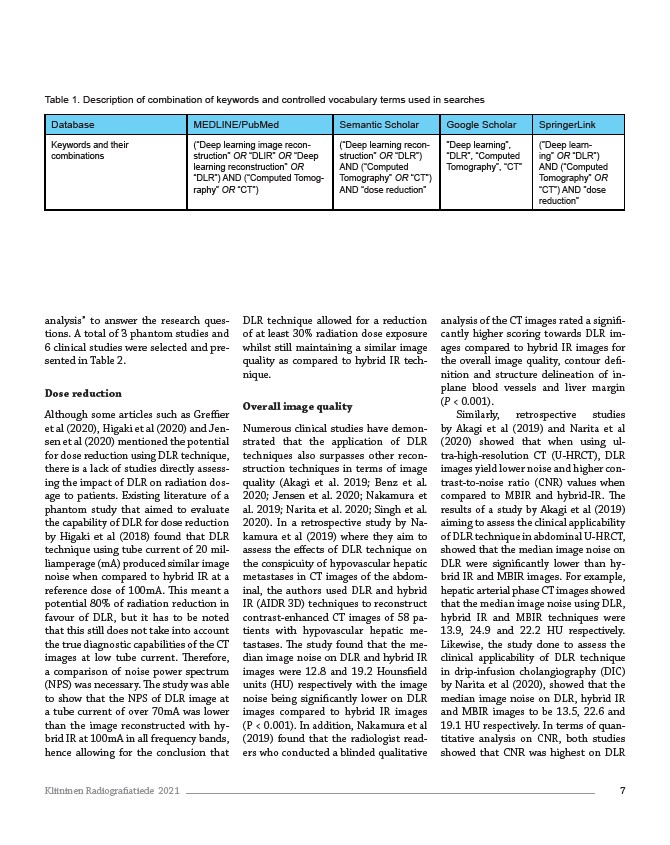
Table 1. Description of combination of keywords and controlled vocabulary terms used in searches
Database MEDLINE/PubMed Semantic Scholar Google Scholar SpringerLink
Keywords and their
(“Deep learning image recon-struction”
combinations
learning reconstruction” OR
“DLR”) AND (“Computed Tomog-raphy”
OR “CT”)
analysis” to answer the research ques-tions.
OR “DLIR” OR “Deep
A total of 3 phantom studies and
6 clinical studies were selected and pre-sented
in Table 2.
Dose reduction
Although some articles such as Greffier
et al (2020), Higaki et al (2020) and Jen-sen
et al (2020) mentioned the potential
for dose reduction using DLR technique,
there is a lack of studies directly assess-ing
the impact of DLR on radiation dos-age
to patients. Existing literature of a
phantom study that aimed to evaluate
the capability of DLR for dose reduction
by Higaki et al (2018) found that DLR
technique using tube current of 20 mil-liamperage
(mA) produced similar image
noise when compared to hybrid IR at a
reference dose of 100mA. This meant a
potential 80% of radiation reduction in
favour of DLR, but it has to be noted
that this still does not take into account
the true diagnostic capabilities of the CT
images at low tube current. Therefore,
a comparison of noise power spectrum
(NPS) was necessary. The study was able
to show that the NPS of DLR image at
a tube current of over 70mA was lower
than the image reconstructed with hy-brid
IR at 100mA in all frequency bands,
hence allowing for the conclusion that
(“Deep learning recon-struction”
OR “DLR”)
AND (“Computed
Tomography” OR “CT”)
AND “dose reduction”
DLR technique allowed for a reduction
of at least 30% radiation dose exposure
whilst still maintaining a similar image
quality as compared to hybrid IR tech-nique.
Overall image quality
Numerous clinical studies have demon-strated
that the application of DLR
techniques also surpasses other recon-struction
techniques in terms of image
quality (Akagi et al. 2019; Benz et al.
2020; Jensen et al. 2020; Nakamura et
al. 2019; Narita et al. 2020; Singh et al.
2020). In a retrospective study by Na-kamura
et al (2019) where they aim to
assess the effects of DLR technique on
the conspicuity of hypovascular hepatic
metastases in CT images of the abdom-inal,
the authors used DLR and hybrid
IR (AIDR 3D) techniques to reconstruct
contrast-enhanced CT images of 58 pa-tients
with hypovascular hepatic me-tastases.
The study found that the me-dian
image noise on DLR and hybrid IR
images were 12.8 and 19.2 Hounsfield
units (HU) respectively with the image
noise being significantly lower on DLR
images compared to hybrid IR images
(P < 0.001). In addition, Nakamura et al
(2019) found that the radiologist read-ers
who conducted a blinded qualitative
”Deep learning”,
“DLR”, “Computed
Tomography”, “CT”
(”Deep learn-ing”
OR “DLR”)
AND (“Computed
Tomography” OR
“CT”) AND ”dose
reduction”
analysis of the CT images rated a signifi-cantly
higher scoring towards DLR im-ages
compared to hybrid IR images for
the overall image quality, contour defi-nition
and structure delineation of in-plane
blood vessels and liver margin
(P < 0.001).
Similarly, retrospective studies
by Akagi et al (2019) and Narita et al
(2020) showed that when using ul-tra-
high-resolution CT (U-HRCT), DLR
images yield lower noise and higher con-trast-
to-noise ratio (CNR) values when
compared to MBIR and hybrid-IR. The
results of a study by Akagi et al (2019)
aiming to assess the clinical applicability
of DLR technique in abdominal U-HRCT,
showed that the median image noise on
DLR were significantly lower than hy-brid
IR and MBIR images. For example,
hepatic arterial phase CT images showed
that the median image noise using DLR,
hybrid IR and MBIR techniques were
13.9, 24.9 and 22.2 HU respectively.
Likewise, the study done to assess the
clinical applicability of DLR technique
in drip-infusion cholangiography (DIC)
by Narita et al (2020), showed that the
median image noise on DLR, hybrid IR
and MBIR images to be 13.5, 22.6 and
19.1 HU respectively. In terms of quan-titative
analysis on CNR, both studies
showed that CNR was highest on DLR
Kliininen Radiografiatiede 2021 7